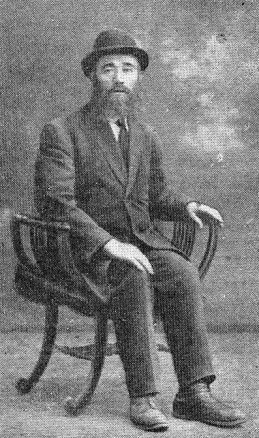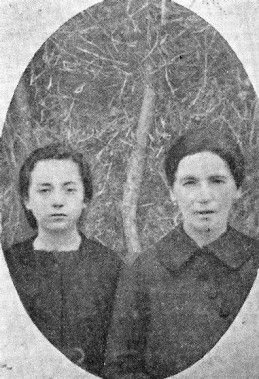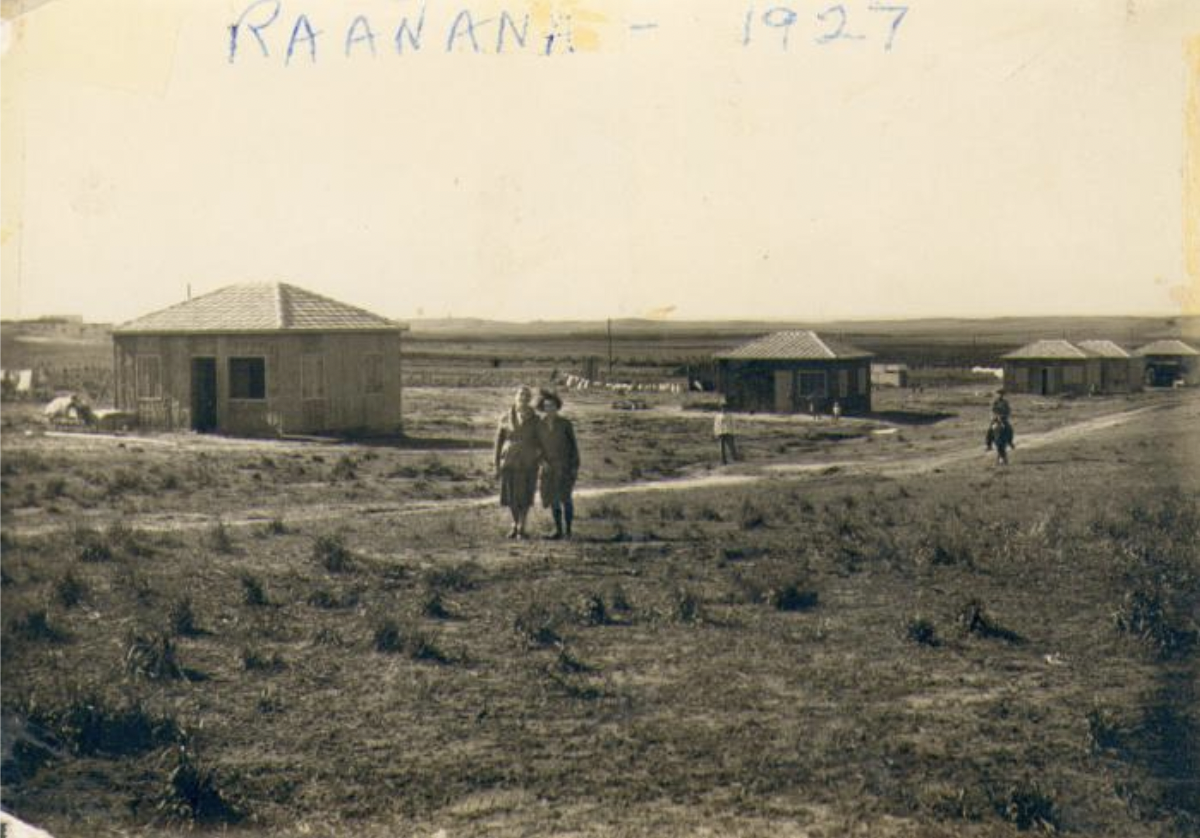Kanet Family
From tzitzit makers in Belorussia to zionist activists and Brooklyn immigrants, the Kanet family zigzagged the world in search of a home and a better life.
1782-1900
The Kanet family comes from a long line of belarussian tzitzit makers. They seemed to be nomadic moving from Zareby to Czyzew to Raanana and New York. This migratory pattern gives the impression of a history enduring pogroms and persecution. Pogroms in the Czyżew region were common in the late 1800s and early 1900s. Because this area was pulled between Polish and Belarussian authorities it likely experienced an additional level of chaos. Images of the Bialystok pogroms and in Odessa (next page) may explain why the family moved from Zaręby Kościelne to Czyżew. Both towns about halfway between Warsaw and Bialystok.
Going back to the earliest known Kanet, Yosef Kanet and his some Mendel it was documented that their profession was in the sewing and making of tzitzit. This speciality likely allowed them to migrate as frequently as they did because they didn’t have the heavy equipment that other professions require.
1910-1950
After migrating to Palestine at the turn of the twentieth century, Benjamin and his siblings set up roots in Raanana, with other european expats. Eight years later he left his wife and daughter (Sima and Feiga) in search of more work - this time in America.
Benjamin Kanet arrived in Ellis Island in December 18, 1920 on the Leopoldina ship. He first lived in tenement housing on 57 Pitt Street, under the Williamsburg bridge. This was convenient for his work as a sewing machinist near the shirtwaist factories on the lower east side. He eventually relocated to Brooklyn and applied for Naturalization in 1926. In 1929, he returned to his family in Raanana with an American passport in hand and an annual income of $2250 or $48,000 in 2024 equivalent currency.
Meanwhile back in Palestine, Feiga (aka Tzipora, both mean bird) who grew up with her mom as her primary parent was reintroduced to her father as a 10 year old girl. Shortly after Ben brought Feiga (daughter) and Sima (wife) to live in New York for 5 years and returning to Raanana in 1935. They ping ponged between New York and Raanana for several years until Feiga married Joseph Osher and they made New York their permanent home in 1950.
1950-1980
After a simple wedding ceremony in Raanana, Feiga and Joseph set out for the U.S. Their first home was in Brownsville, Brooklyn.
In Brownsville Yiddish was the common language, the mame loshen or mother tongue. It dominated the streets of the neighborhood at the turn of the century and for many years to come. Many Jews lived in Brownsville for decades without learning to speak English. With Yiddish spoken in the homes, Yiddish daily and weekly newspapers, signs and menus in Yiddish, Jewish shopkeepers, Jewish delicatessens, restaurants and bakeries selling Jewish dishes, there was little need to know English.
Feiga and Joseph had three children while living in Brooklyn, Annette, Ronald, and Merle.
1980-2020
By the end of the 20th century Joe Osher established an architectural and engineering practice in Stamford Connecticut. Before retiring, he built his dream home, designing every detail















